Psyche
hysteria
Affectus
Psyche
hysteria
Affectus
Psyche
hysteria
Affectus
De-re-unconstructing fashion. A conversation with three avant-guard designers shaping a new aesthetic era.
Interview and text Giulia Giudici
G – What do you see in this ink blot?
M – I see a female body and her torso, but also if I stare at it long enough it looks like a flower as well.
G – Let’s dive into your pool of memories. Can you find any germinal traces of your current profession in your childhood, any foreshadowing of the path you would take as an adult?
M – I actually can! There are two distinct memories. I remember my mom put me into this painting competition for young children. We had to paint the scenery at a park, and funnily enough I really hated it because I just wanted to play and run around, as any 6-year-old would. 30 minutes before the hand in, my mom was gently pressuring me to draw anything – I painted the scenery as fast as I could and ran off. Little did I know, I won the competition, and my painting was in the daily newspaper the next day! I think that’s when my parents knew I was going to do something related to art or design when I grew up.
My other memory dates back to when I was around 8 years old. I was sitting in my grandparents’ living room, and my aunt and I were cutting paper doll clothes that I had drawn. My aunt asked me what I wanted to be, and I said a fashion designer. I see it as a foreshadowing of my future.
G – How did you actually end up designing fashion?
M – I knew I wanted something of my own since very young, as I hated being told what to do and couldn’t see myself in a corporate, office-box-like-job like my parents. There’s nothing wrong with that, but I just knew it wasn’t for me. I was really lost growing up with what career I wanted, and I had to choose my path during the end of high school where everyone picks a field to study. I chose art, because it was the only subject I could work on past midnight without realizing how long I had been on it. From there, I chose my strengths, color and textures, and went towards majoring in Textiles for my BA. I quickly realized I hated focusing solely on textile making. I was more passionate about the creative direction, the research, and how it went on the body, which naturally led me to fashion!
G – Your designs have a sort of childlike energy to them – both in terms of joyful mixes of colors and textures, and in terms of surprising shapes and proportions. In particular, some pieces seem to be a homage to playing dress-up with our parents’ clothes: Big Daddy Tie and UnIveRSaLlY DoMiNanT!!! Jacket are the best examples of this.
Do you actually draw inspiration from your childhood memories? Do you try to channel the vision of fashion you had in your childhood?
M – Yes I do! All of my designs, art, research has always come from my childhood, because I have always been drawn to it. There’s something so significant, universal, and warm about childhood; it teaches us a lot about ourselves and why we are the way we are today. As a 6 year old I had a diary with a padlock on it, obviously to keep my brother from snooping into my ‘secret life’, and inside there were drawings of disproportionate clothing, people as horses, and all types of fantastical things and creatures. I also think it’s super important to keep my inner child intact, and so by letting her be at the forefront of designing and researching, I am naturally drawn to bright colors, playful motifs, and I explore anything that is influenced by childhood because I feel everyone can relate to it.
G – Where do you draw inspiration from?
M – I mainly draw my inspiration from my upbringing. Whether it is my cultural upbringing or childhood, I like to look within myself for inspiration as I feel that it is what makes me unique. I was born in South Korea, but never got the opportunity to live there as I grew up in Singapore, Hong Kong, and America. I always felt like a cocktail of cultures, which led to a huge identity crisis growing up. But because I have such a rich cultural upbringing, I use fashion as a way to find myself. For my MA 23 Collection, I mainly focused on my grandfather who fought the Korean War during the 1950s. A lot of my American cultural influences stem from him, as 2 years ago I found the collection of US pin-up magazines he had stashed in his wardrobe!
G – You use different materials in your collections, but they are mostly recycled or sustainable, like deadstock yarns, bamboo yarn or vegetable leather. You also collaborate with glassmakers to create pieces like Glass Heart and Glass Horn Headpiece.
Where do you find your supply?
M – I mostly reach out to small independent brands that I believe in. I love collaborating in general, as I think it’s super important to work with people that are pioneers in their own field. Not only does it teach me so much about working as a team, but my collaborators significantly expand my knowledge with theirs, by showing me their craft and how I can implement it into my vision. I truly believe my collection is the way it is because of all the people who participated in it, and I thank them deeply. At school I was also taught about textile waste and its large environmental impact, so I decided to implement sustainability practices from the beginning, researching and reaching out to different suppliers that share my ethics and values.
G – What does your experimentation with a new material look like? Do you imagine a piece and then try to find the best material to make it, or do you choose to work with a specific material and develop and adapt an idea around it?
M – Experimenting with new materials is an organic and messy process. I start out my collection with researching both concept and material development at the same time. The material I choose to work with for a collection largely determines the direction I take with my design. For example, when it came to glass blowing, I had to adapt a lot as it’s a very heavy and temperamental material. With much trial and error and lots of tears, I found that leather holds and respects glass best, and I started to design and develop the collection from there.
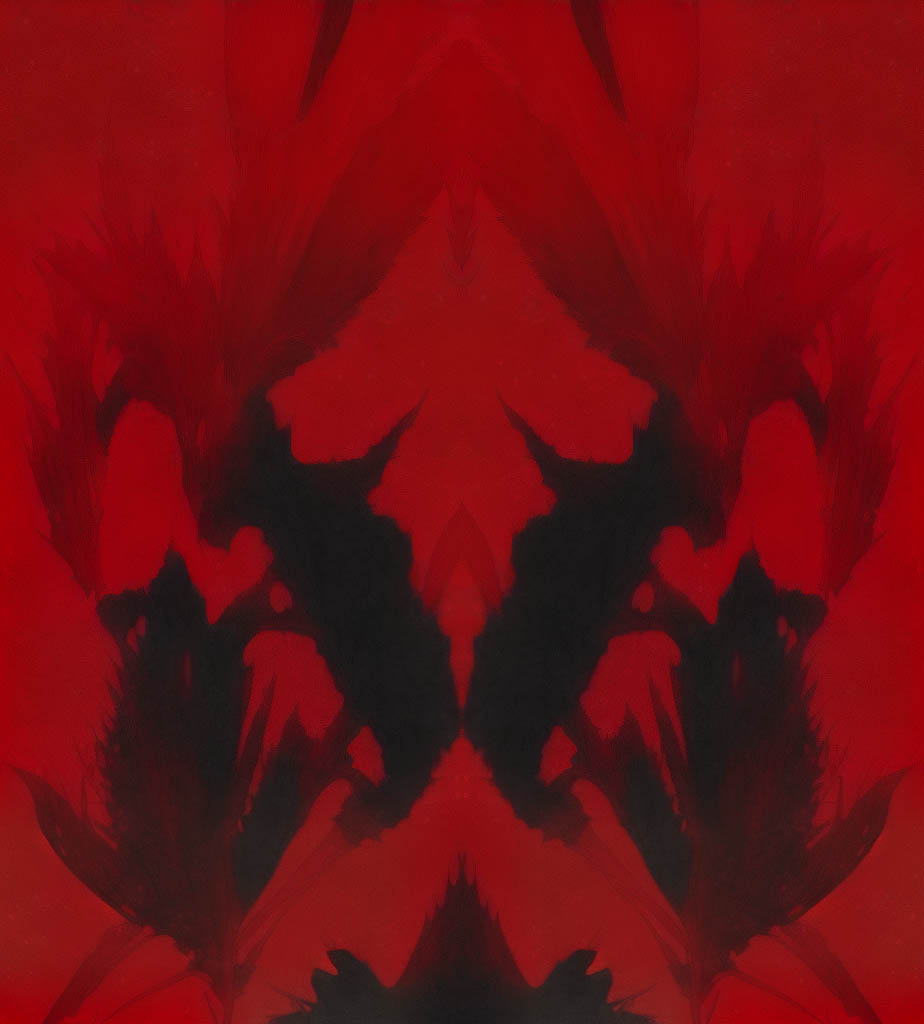
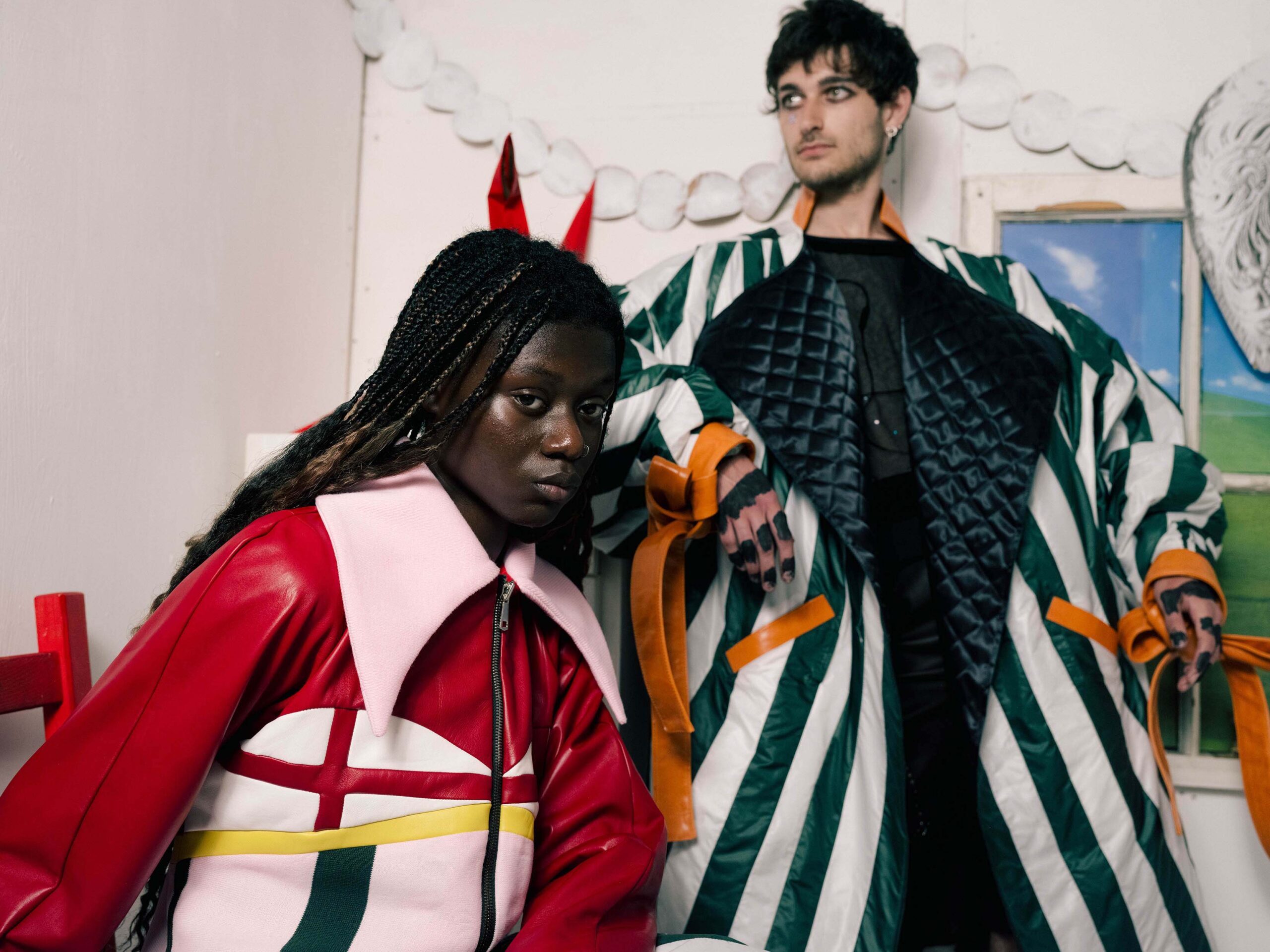
G – What role does glass play in your vision?
M – I love glass as a material. I use glass as a way to have a continuous voice, a heartbeat throughout the entire collection, in order to speak about the idea of “thickening the skin”.
In the 1950s, South Korean advertisements were strongly geared towards the male gaze, showing women ‘wearing’ products like neckties or technological devices on their body as if they were garments or accessories – for no other reason than to cater to the fantasy of the male audience.
Glass can embody the complex female experience of being objectified, as it is a material that holds many juxtapositions. It is flexible but also unyielding, it is fragile but also extremely strong and can withstand great weight, it can be transparent but also extremely opaque. I explore this material as a new concept of strength, due to not only the insurmountable weight that a glass object puts on the body when it is worn, but also the hard exterior the glass provides, symbolizing the vulnerable experiences of sexualization of the body that “thicken” our skin.
G – I believe that the need for practicality in any degree is one thing that distinguishes fashion as a form of creativity: while we can state that art can be made “for art’s sake”, for pure expression, fashion has the ultimate purpose of being worn.
Looking at your pieces, though, we see a playfulness and larger-than-life loudness that defy this notion. Do you consider your pieces artworks?
M – I do! I consider my pieces as an experiment and an exploration of my creativity. I try to balance out ready to wear and art pieces/runway pieces, and it’s actually been a huge struggle to balance designing for both. I love the idea of playing with proportions and wanted to blow up the scale of everyday clothing, to take it out of context and create a new one. Even though some of my runway designs are out of proportion, it is still very much a functional garment where for example the large jacket sits on the body comfortably.
G – What do you think is the purpose(s) of your designs?
M – I want to make people feel bold, confident, unapologetic, and unyielding with my clothing. My relationship with clothing has always been letting my most vulnerable self be on the outside without the use of words and explanation.
G – What environment do you imagine your pieces inhabiting? If they were creatures, what would their ideal habitat be?
M – I see them living in a cyberspace world! I designed a small videogame with a collaborator; unfortunately the project fell through, but together we created a world that felt nostalgic but also futuristic. Look it up, it’s called Fragile: Handle with Care. It’s an unfinished prototype, but I imagine my pieces inhabiting a place like that.
G – If you could collaborate with a brand, artist or company or any field and discipline, which would you choose? What would your collaboration produce?
M – I would love to collaborate with Marine Serre, as I think they are incredible at blending different materials together with such an emphasis in sustainability. I’d also love to collaborate with any skilled artists in jewelry-making, woodworking, glassblowing… any artisanal craft has so much to teach me in terms of creative mindset and attitude. For example, in glassblowing, you need to completely forget about the idea of perfection, you have to embrace and accept the result for what it is – but in weaving, you have much more control over the process.
G – Is there any material or concept you’d like to explore with your future collections?
M – I am leaning towards metal smithing these days. I would love to expand my crafting skills in general, and in the future I see myself experimenting and combining materials that usually don’t go together! As for my concept, I want to go even deeper into my own identity and explore what I am drawn to subconsciously.
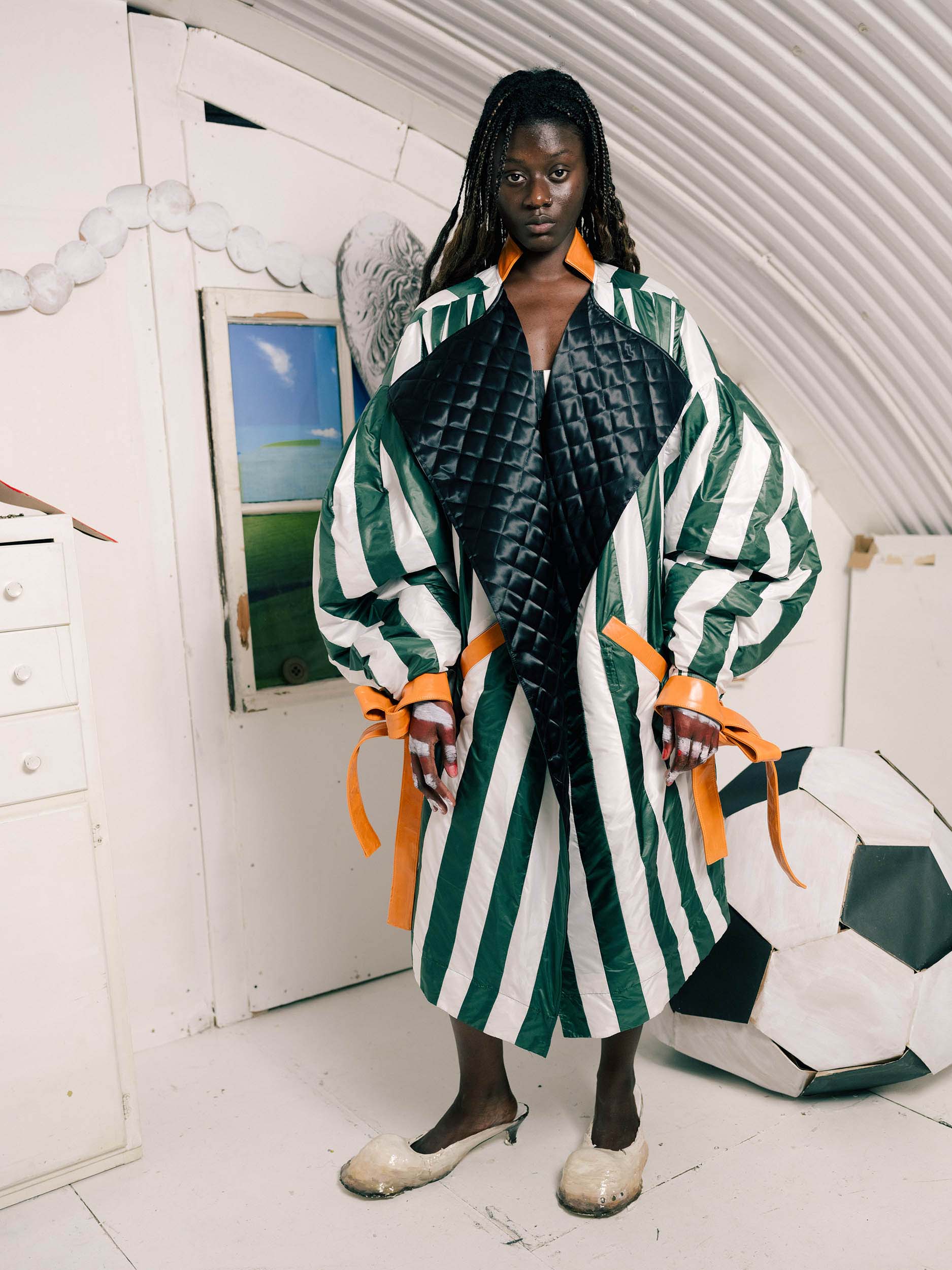
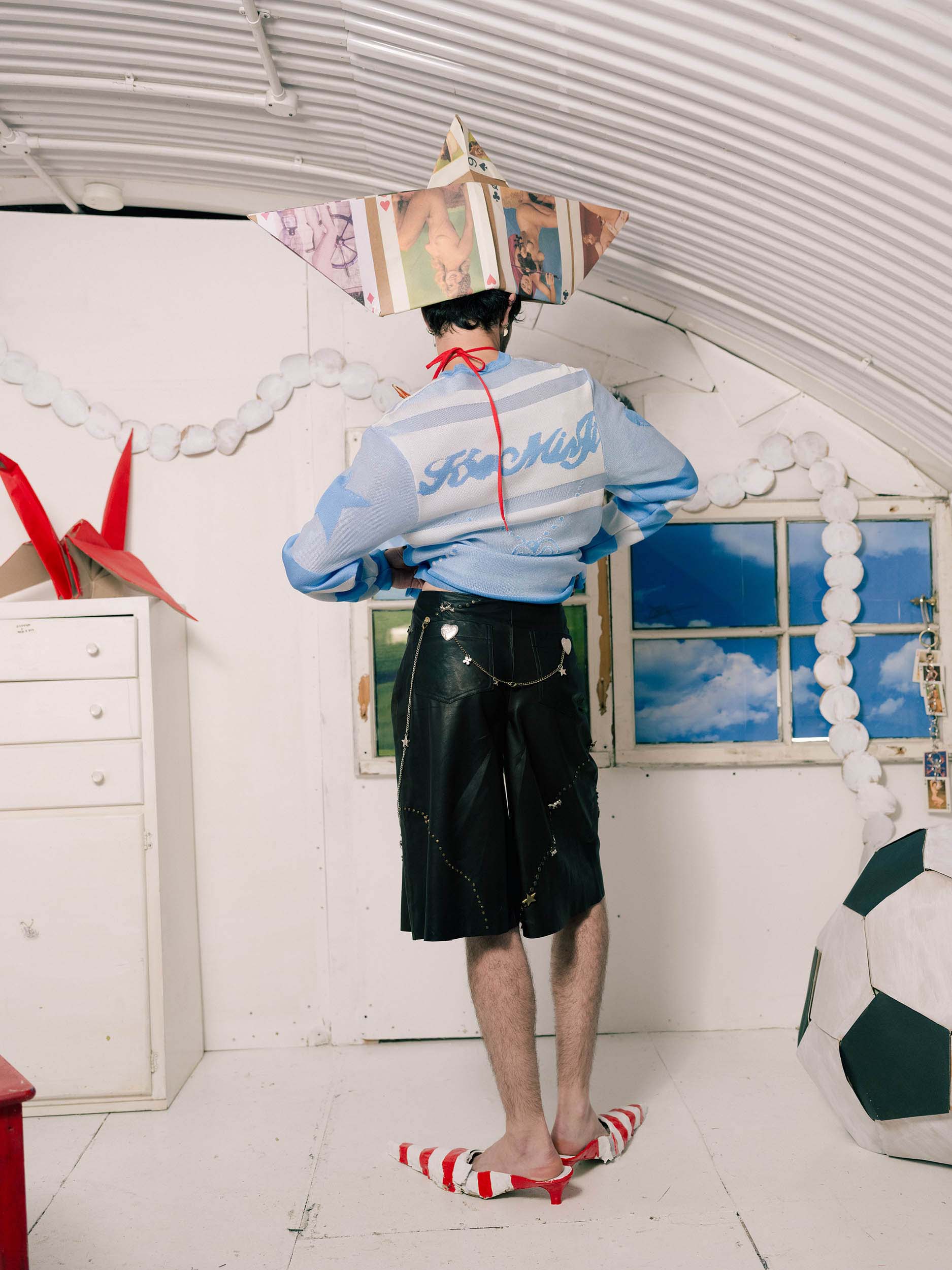
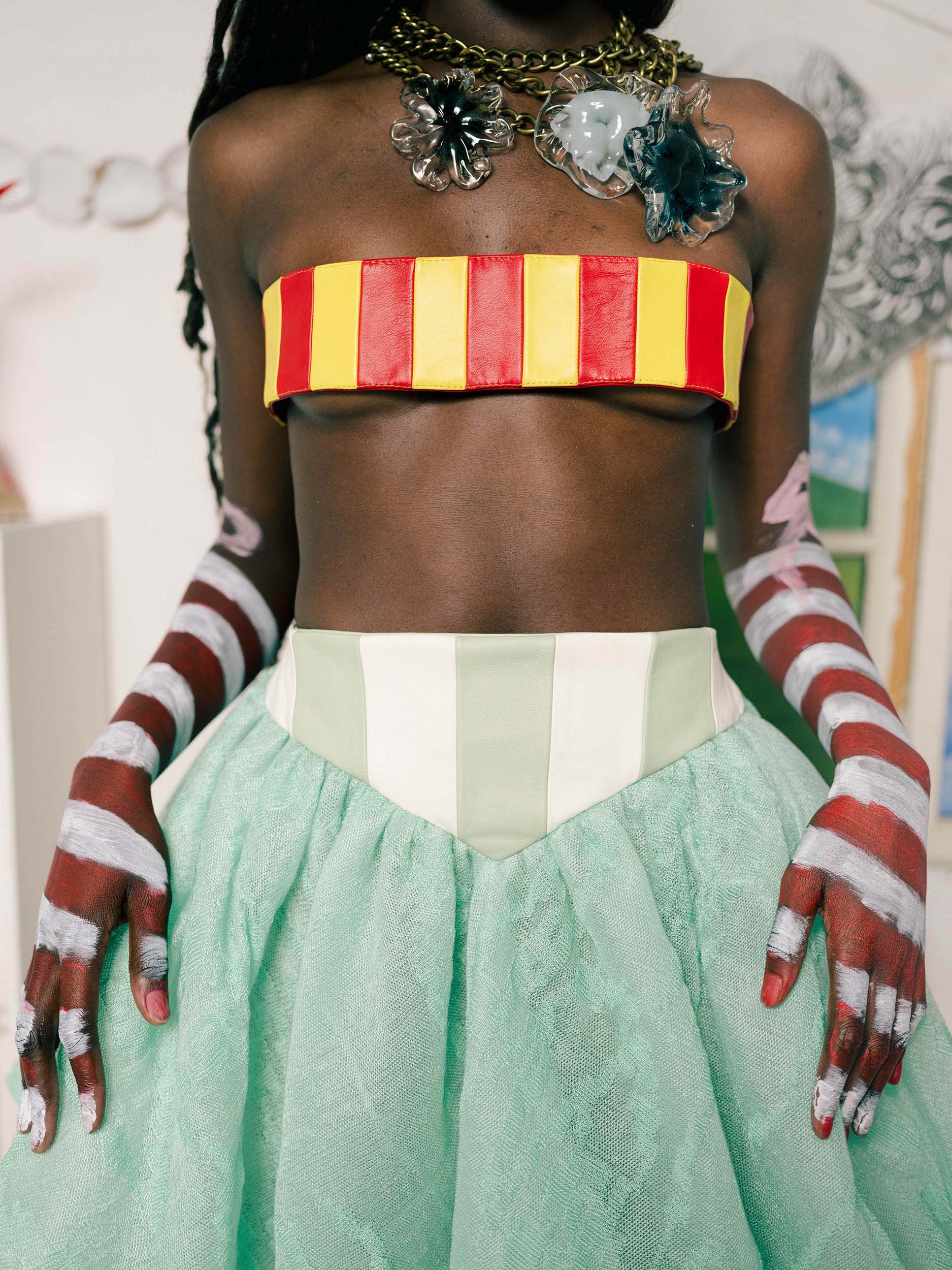
copyright 2023 – The Metalhead Magazine